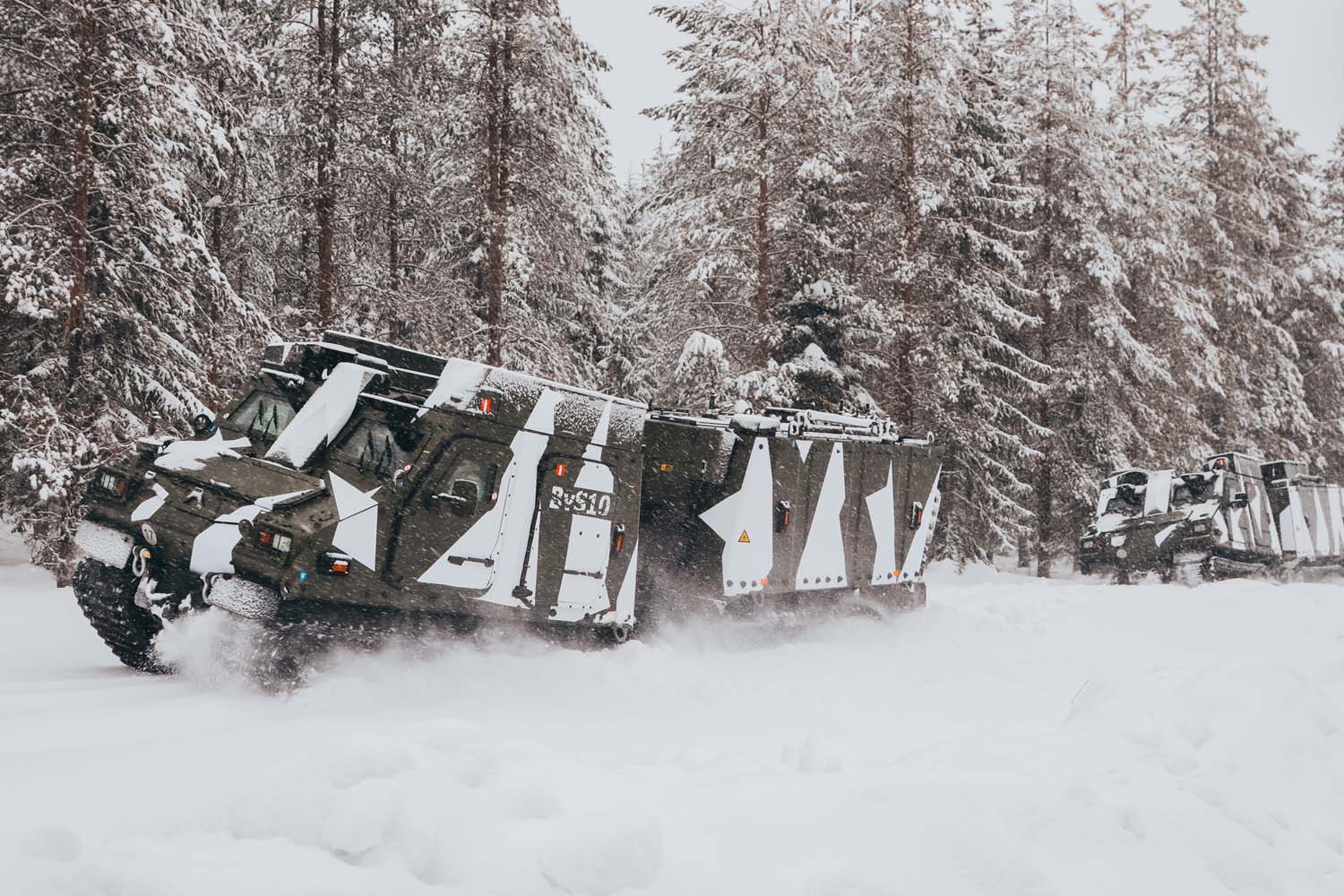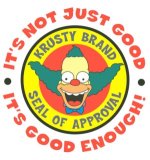I think Canada should focus on having more operational vehicles that will only operate inside it's borders. And it's about time they should consider having American builders like Oshkosh when it comes to allowing contracts for renewing fleets of Medium or Heavy vehicles.
I solely believe that Canada today is more of a support Army than a fully-independant running one.
I agree.
Having a more robust fleet of Milcots or even just some green painted COTS vehicles to be used domestically makes a lot of sense.
No need to be racking up the mileage on the more expensive purely military vehicles.
(Cube vans at the unit level & the odd grey pickup doesnt quite count either.)
Do we still have that fleet of dark navy blue SUV's for domestic ops, aka driving a few guys from Unit A to help Unit B with a ComRel tasking?
(I saw like 6 of them lined up, all with their extra antennae installed, and it actually looked way cooler than it should have...)
(I'd actually be totally in support of having an Op Lentus vehicle pool (or smaller pools if distributed between the provinces) of Milcot vehicles to be used primarily for Op Lentus taskings, and the odd one lent out to a unit needing it for a training ex)
(If we have a reasonable expectation to be assisting with fighting forest fires every summer, assisting with floods every spring, etc - having a larger pool of vehicles purely for domestic ops makes a lot of sense...)
_________________________________
I
think that was the idea when the MSVS was chosen. The MSVS is supposed to be primarily for domestic operations, and a SMP truck procured for deployed operations.
The problem ended up being that the deployable SMP vehicle was supposed to be ordered shortly afterwards & come online around the same timeframe - but it wasn't ordered shortly after like the initial plan had called for.
The MSVS has been doing a great job domestically, and is far more capable than the MLVW it replaced.
But the SMP vehicle fleet that was supposed to come online with it instead was just ordered a few weeks ago, with a finalized contract to be released to the public soon.
I could very well be wrong about the above. About a decade ago I had followed the project quite closely, and I'm pretty sure that was the plan...but that was a decade ago & my mind has wondered elsewhere since then, so there's a good chance I may have some details wrong


